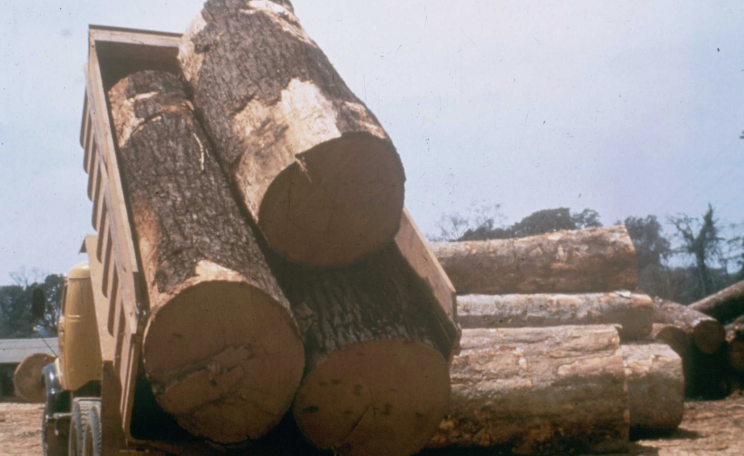-
Amazon forests with the greatest evolutionary diversity are the most productive, an international team of researchers led by the University of Leeds have revealed.
The team used long term records from 90 plots as part of the Amazon Forest Inventory Network (RAINFOR) and ForestPlots.net to track the lives and productivity of individual trees across the Amazon region.
By combining these records with DNA sequence data – which identified the evolutionary relationships among all the species – the team was able to investigate the links between how fast different forests grow and their diversity.
Biodiverse ecosystems
Their study demonstrated that the plots with the greatest evolutionary diversity were a third more productive compared to areas with the least evolutionary diversity.
The finding suggest that evolutionary diversity should be an important consideration when identifying priority areas for conservation.
Study lead author Fernanda Coelho from the School of Geography at Leeds said: “Understanding how biodiversity affects productivity in tropical forests is important because it allows us to understand how conservation strategies can best be designed to maximise protection of species and the services that these ecosystems provide.
“Our results indicate that we should include evolutionary history in conservation priorities - because ecosystem function may be higher in areas where species come from right across the tree of life."
This Article
This article is based on a press release from the University of Leeds.
Image: Fernanda Coelho, University of Leeds.







